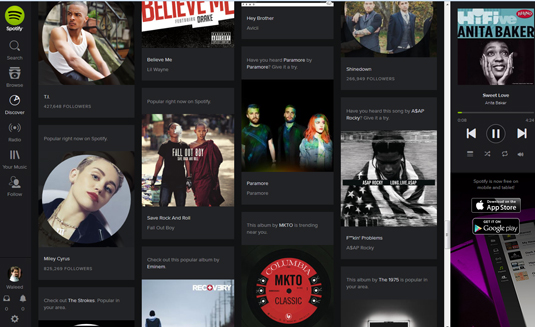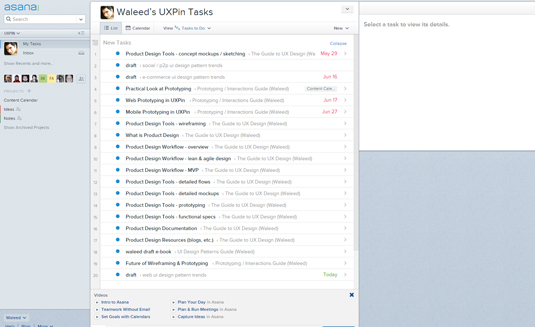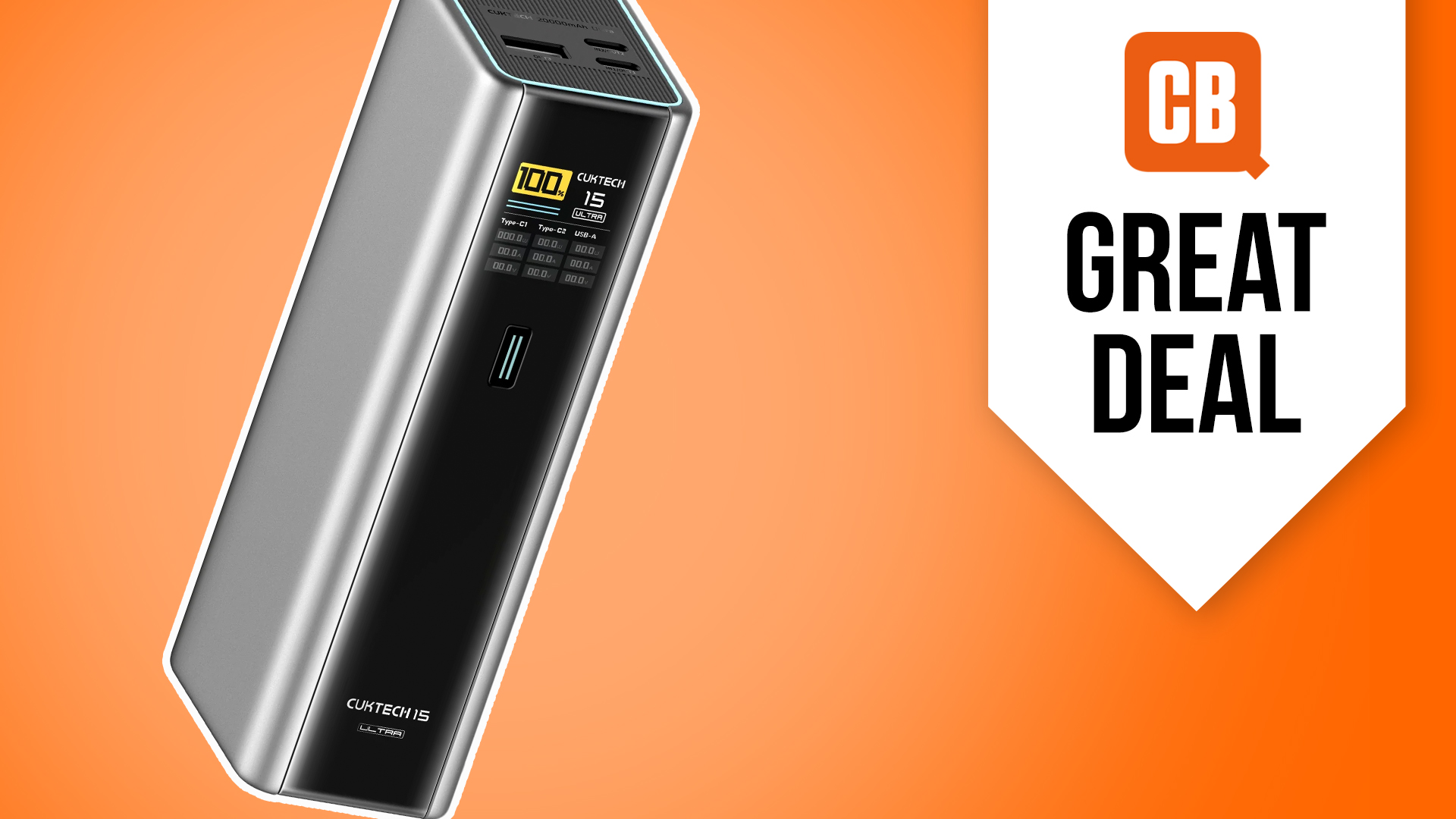UI design pattern tips: 'links to everything'
In the latest in a series looking at website design patterns, Chris Bank of UXPin looks at when to ensure most or all user content within your app is linked.
Once someone starts using your website or web application, they need to know where to go and how to get there at any point. If they can't navigate through your your application easily, you'll quickly lose them. Thus, designing effective navigation in your web application is crucial.
In this series for Creative Bloq, Chris Bank of UXPin, the UX design app, discusses the importance of navigation design patterns and details examples from some of the hottest websites and web apps today.
You can see previous posts in this series here. Meanwhile, for more examples of web design patterns, download UXPin's free e-book, Web UI Design Patterns 2014.
The problem
The user needs a consistent way of navigating through content without being distracted by additional content.
The solution

Most or all user content within the app is linked, giving users the freedom to explore and find the exact information they're looking for without hitting dead-ends or being distracted by a litany of hyperlinked text, additional buttons, calls to action, etc, that you would normally see on a website.
If they want to interact with a piece of content in the app, odds are that they can tap on it and go to a new view for a more detailed experience.

Content-heavy web apps like Asana and Spotify let users explore all kinds of content by clicking on it, for example clicking on an artist or user takes you to their profile, items can be clicked on, table heads can be clicked on to sort and many other actions.
Words: Chris Bank
Chris Bank is the growth lead at UXPin, a UX design app that creates responsive interactive wireframes and prototypes.

Thank you for reading 5 articles this month* Join now for unlimited access
Enjoy your first month for just £1 / $1 / €1
*Read 5 free articles per month without a subscription

Join now for unlimited access
Try first month for just £1 / $1 / €1
Daily design news, reviews, how-tos and more, as picked by the editors.

The Creative Bloq team is made up of a group of art and design enthusiasts, and has changed and evolved since Creative Bloq began back in 2012. The current website team consists of eight full-time members of staff: Editor Georgia Coggan, Deputy Editor Rosie Hilder, Ecommerce Editor Beren Neale, Senior News Editor Daniel Piper, Editor, Digital Art and 3D Ian Dean, Tech Reviews Editor Erlingur Einarsson, Ecommerce Writer Beth Nicholls and Staff Writer Natalie Fear, as well as a roster of freelancers from around the world. The ImagineFX magazine team also pitch in, ensuring that content from leading digital art publication ImagineFX is represented on Creative Bloq.
